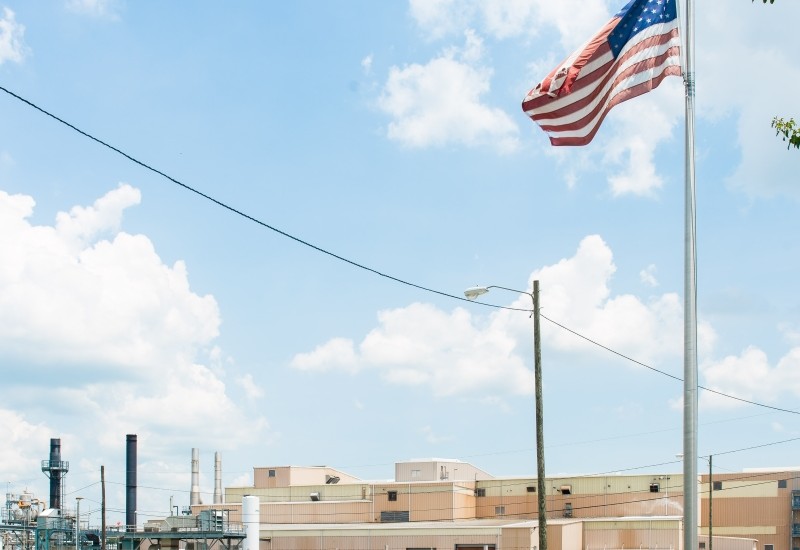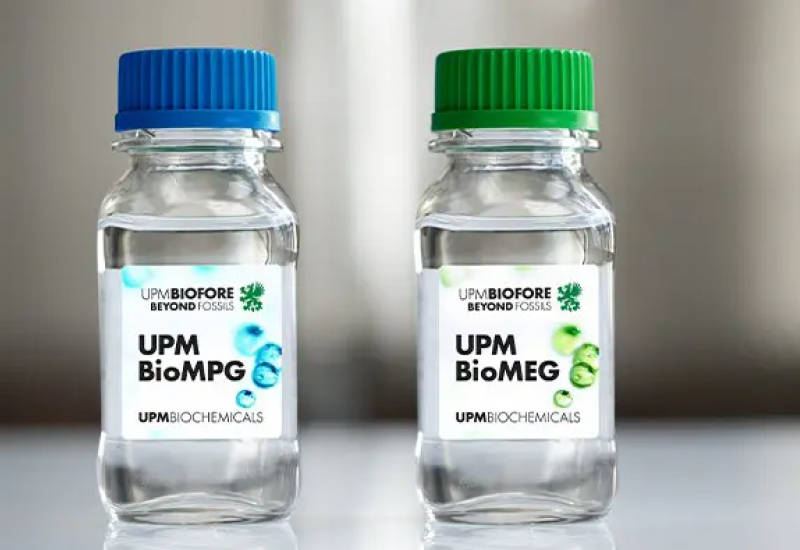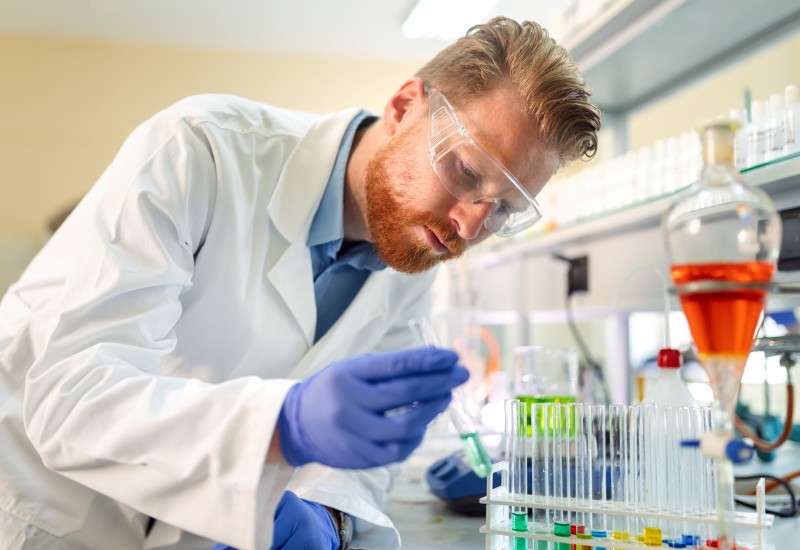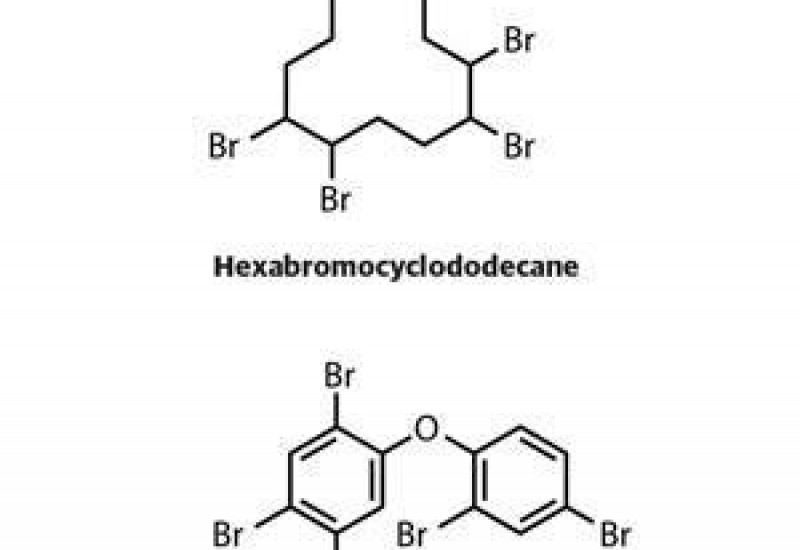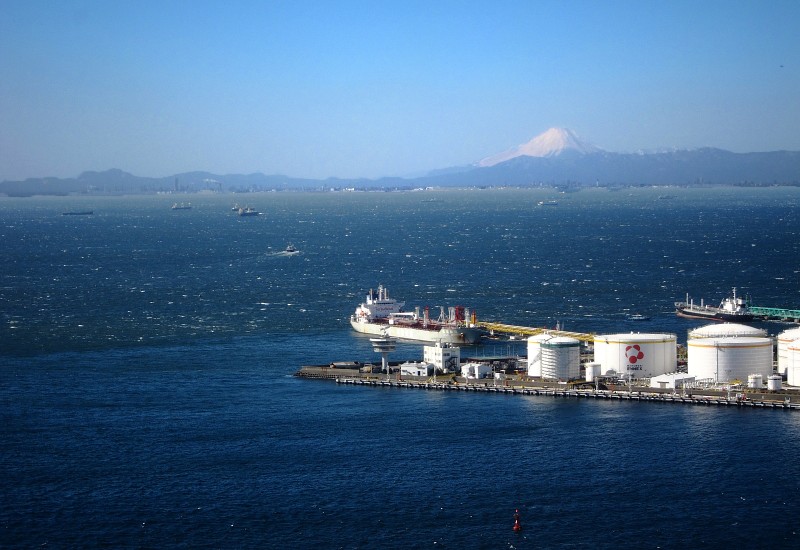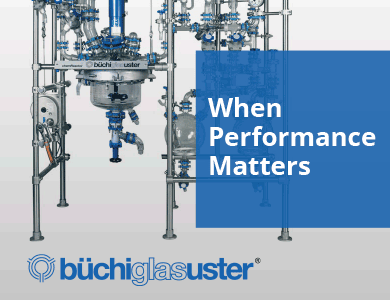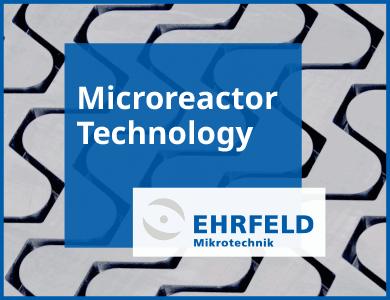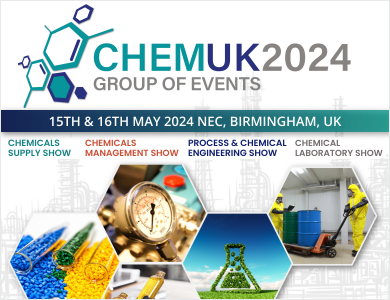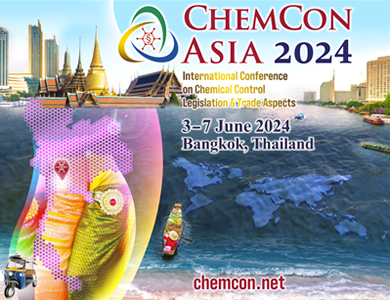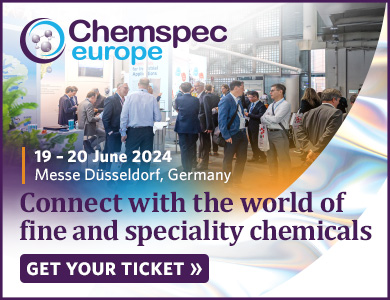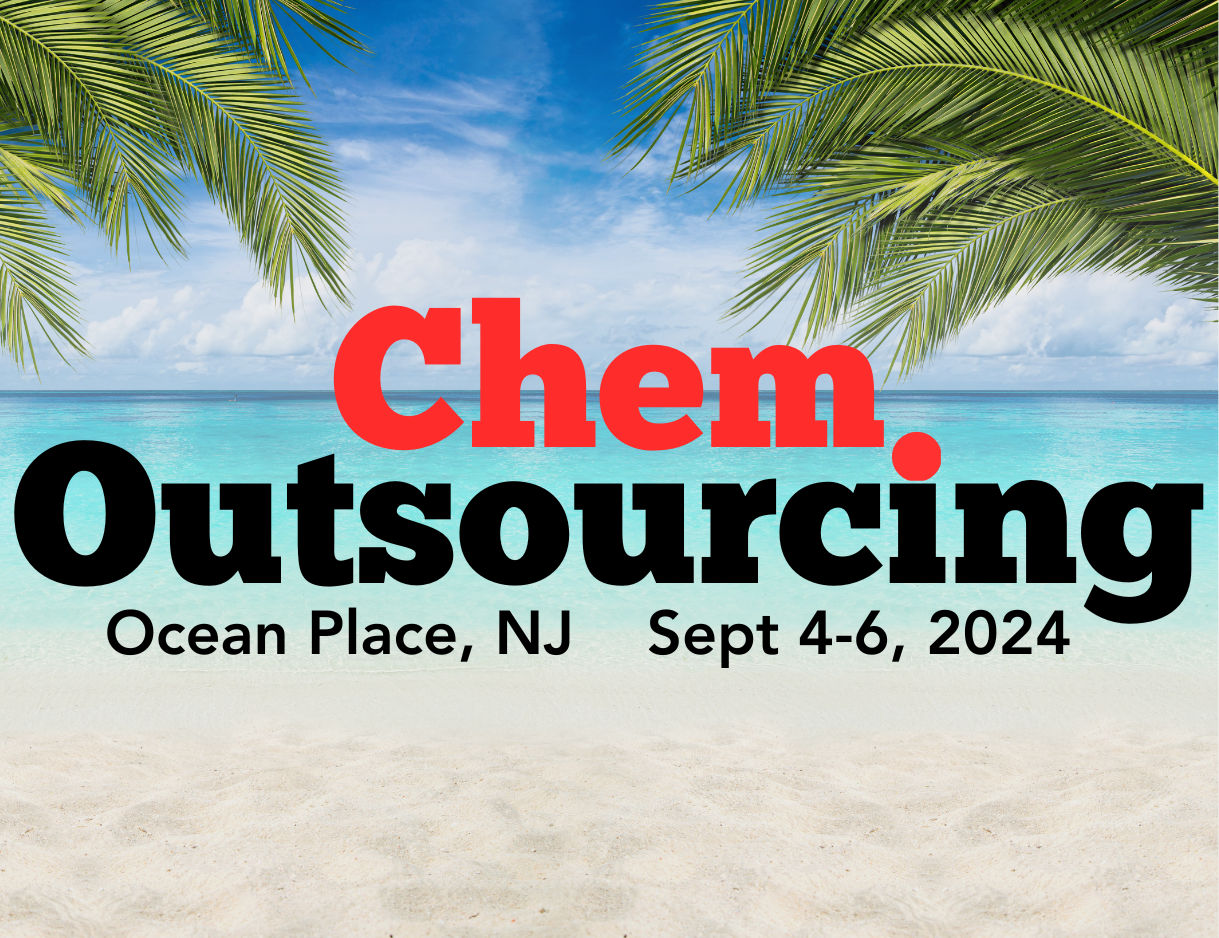Evonik penalised for emissions
Evonik has reached a settlement with the US EPA for exceeding permitted emission limits of ethylene oxide and ethylene glycol at its speciality surfactants facility in Reserve, Louisiana. Both are regulated as hazardous air pollutants (HAPs) under the Clean Air Act.
This followed an inspection on 18 April 2033 and an information request on 27 September, which concluded that emissions had exceeded the permitted levels. Evonik shut down the operations from 18 November until 3 February 2023, when it installed a temporary flare that can remove 98% or more of HAP emissions.



